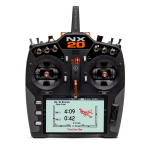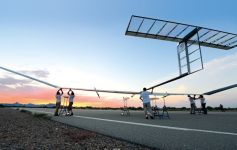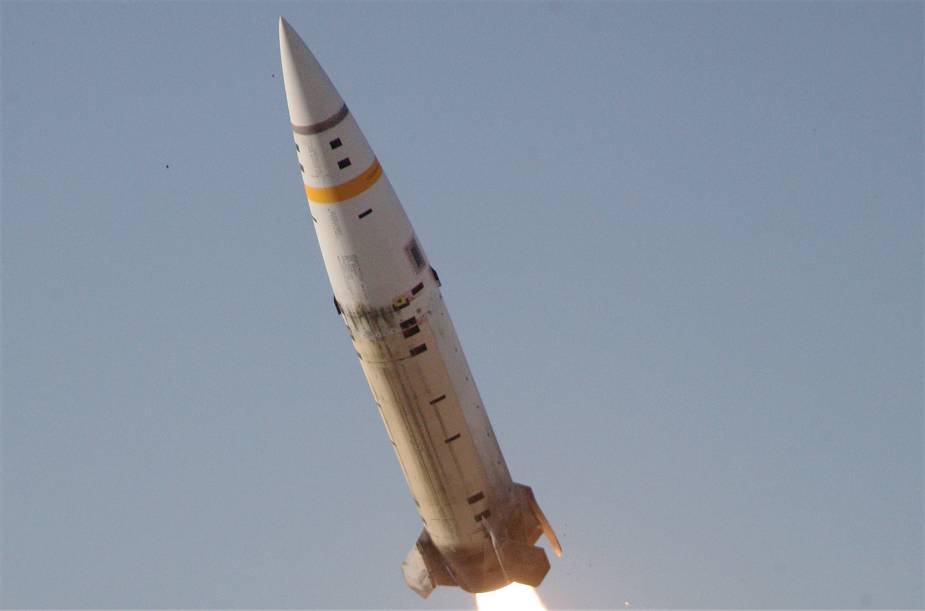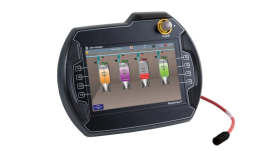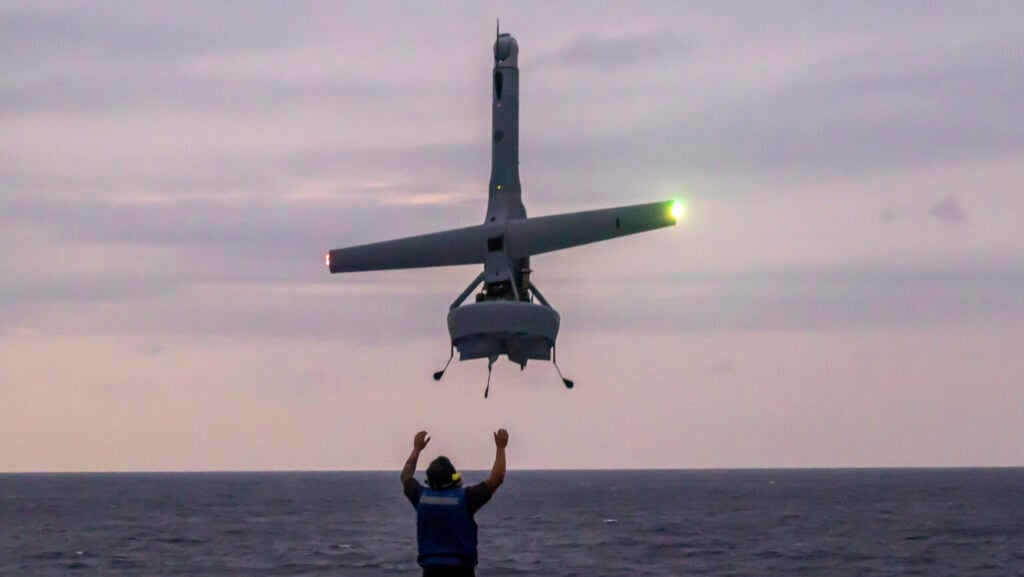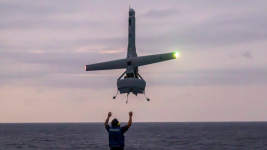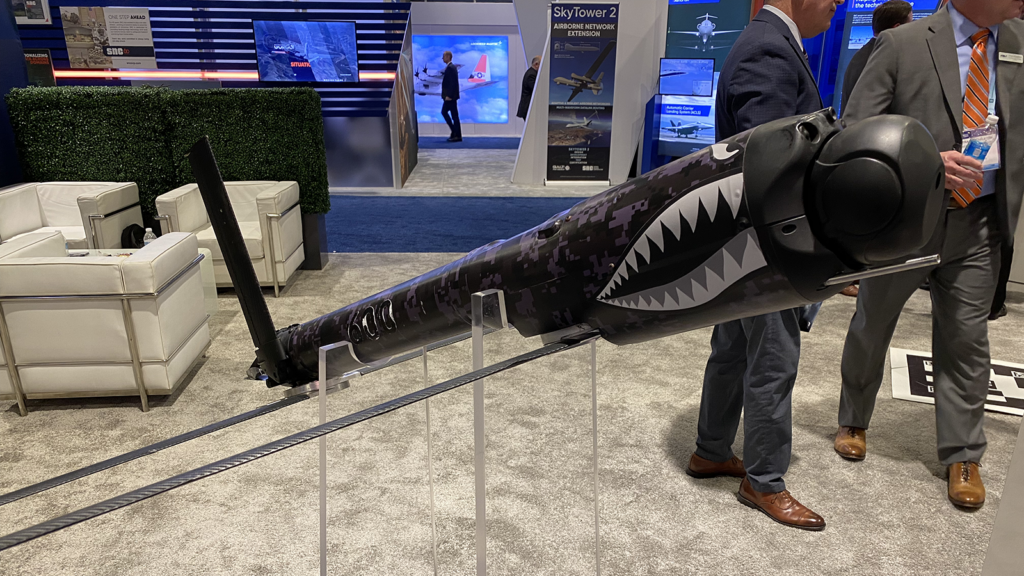View attachment 80383
@dimsum
How do these categories relate to micro, mini, small, medium, tactical, Medium Altitude Long Endurance, High Altitude Long Endurance?
We were getting bigger and heavier and higher as we go up the scale but where do the High Altitude Pseudosatellites like the Zephyr fit in?
Airbus-QinetiQ Zephyr
[28]
| Model | Span | Weight | Ceiling | Endurance | Payload |
|---|
| Zephyr 4 | 12 m (39 ft) | 17 kg (37 lb) | 9 140 m (30 000 ft) | 6 h | |
|---|
| Zephyr 5 | 16 m (52 ft) | 31 kg (68 lb) | 11 000 m (36 000 ft) | 18 h | |
|---|
| Zephyr 6 | 18 m (59 ft) | 30 kg (66 lb) | 18 300 m (60 000 ft) | 87 h | 2 kg (4.4 lb) |
|---|
| Zephyr 7 | 22,5 m (74 ft) | 53 kg (117 lb) | 21 000 m (69 000 ft) | 336 h | 5 kg (11 lb) |
|---|
| Zephyr 8/S | 25 m (82 ft) | 62-65 kg (137-143 lb) | 23,200 m (76,100 ft)[16] | 624 h | 5 kg (11 lb) |
|---|
| Zephyr T | 32 m (105 ft) | 145 kg (320 lb) | | | 20 kg (44 lb) |
|---|
View attachment 80384
I believe it qualifies as a SUAS?
My point is that there seems to any extraordinarily large variety of bodies likely to be sharing the skies. Some piloted, some remotely piloted, some unpiloted. And I completely understand the necessity of a properly qualified pilot to manage the flight of the vehicle, or vehicles (a swarm of autonomous SUASs operating at 70,000 ft?).
But don't things change when bullets and rockets start flying?
I believe 155 mm apogees are on the order of 30,000 ft which means they are flying in Group 5 UAS altitudes.
And
| Type | Accuracy |
| Short-range tactical ballistic missile | Around 10 meters or less |
| Country users | Launch Weight |
| United States | 1,600 to 2,300 kg depending on the specific variant of the missile. |
| Designer Country | Speed |
| United States | Approximately Mach 3, or around 3,700 km/h |
| Guidance Systems | Range |
| GPS/INS | 160 to 300 km |
| Launcher Vehicles | Dimensions |
| M270 and M142 HIMARS MLRS | Length: 5,75 m; Width: 2,49 m; Height: 2.4 m |
The Army Tactical Missile System (MGM-140 ATACMS) is a short-range tactical ballistic missile system developed by the United States Army. Its primary purpo

www.armyrecognition.com
That would clearly seem to be a Group 5 UAV.

It seems reasonable to me that there could be rules for outside the battlespace and rules for inside the battlespace. It also seems reasonable to me to suggest that outside the battlespace the RCAF takes the lead while the RCA leads inside.
The size of the battlespace is largely going to be set by the weapons deployed on the ground, their altitudes and their ranges. But I can understand that becoming problematic if Ground Forces start deploying 500 km PrSMs, 1500 km Tomahawks and SM6s and 3000 km Medium (Intermediate) Range Ballistic Missiles.
At some point all civilian flights are grounded and the entire airspace becomes a free fire zone.
....
Is it unreasonable to train troops to fly vehicles under the same flight regimes under which gunners fire their guns and launch their rockets?
....
On the subject of common controllers
I get that some vehicles are going to require different commands. On the other hand HMIs (Human Machine Interfaces) like this one supplied by Rockwell's Allen Bradley have been proving themselves to be pretty versatile for a decade or two now.
View attachment 80385
One controller controls thousands/millions of custom designed factories with dozens/thousands of moving parts and sensors.
The pigtail can plug into a panel, a PC or a transmitter.
If an operator started off with micros and minis and graduated to smalls she could run simulations on her desktop.


